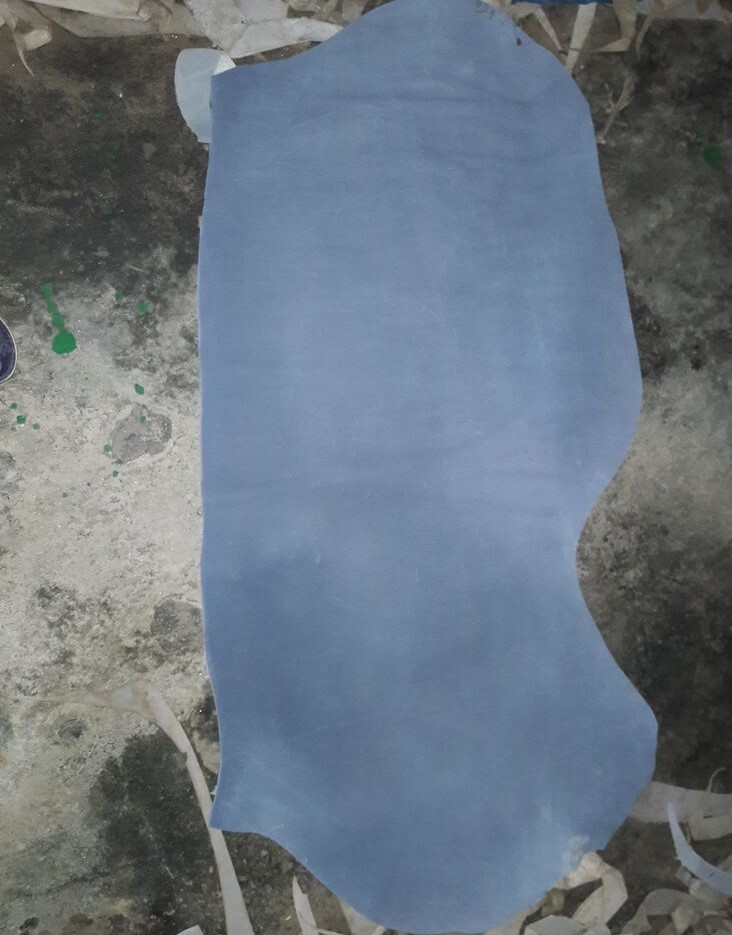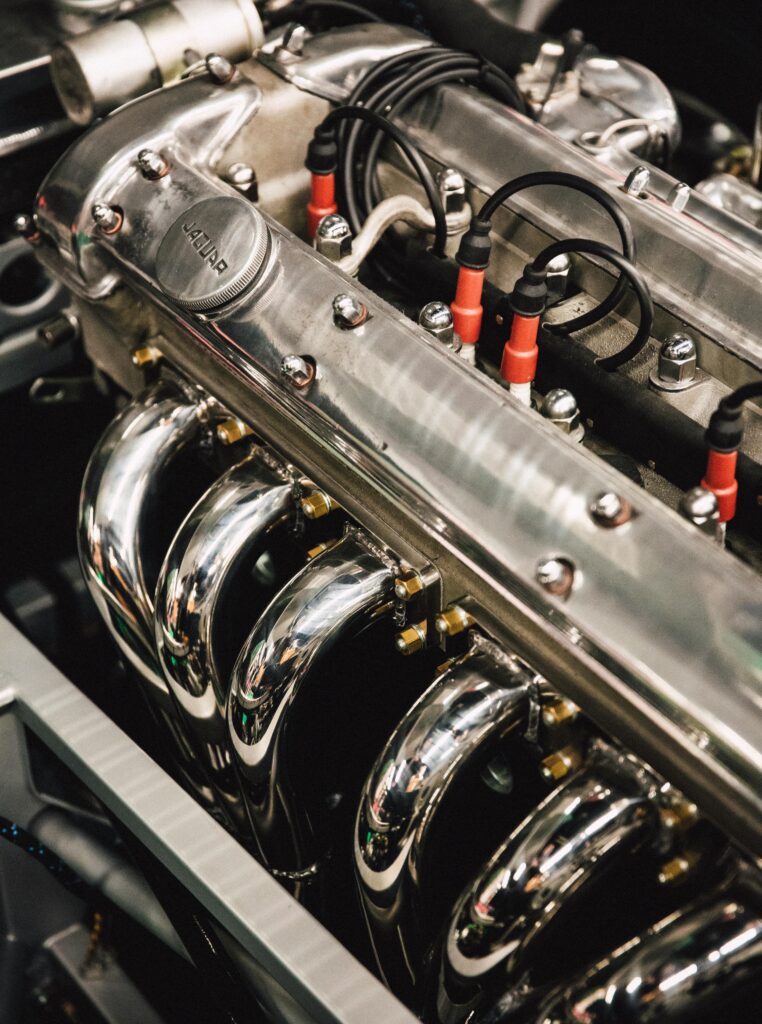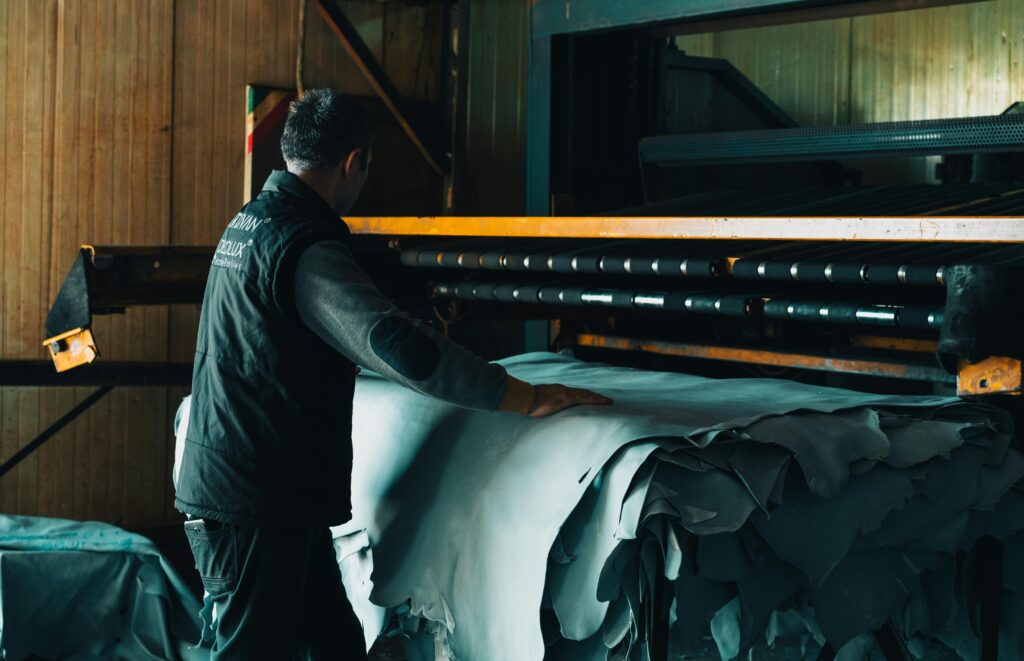Chrome Tanned Leather: A Comprehensive Guide


The leather world is full of amazing types of leather and their production methods. One such material is chrome-tanned leather. It is the most widely used leather tanning process that covers a huge share of the world’s leather market. In this article, we will discuss chrome tanning in detail, and we will also discuss its disadvantages. After reading this article, you will have a clear insight into the largest-selling leather type in the world. But before diving into chrome tanning, let’s understand what exactly the tanning process is and why we need it.
Table of Contents
What is leather tanning?
Many people think leather tanning is the same as putting animal hides on the beach under the sun and they will get a brownish color under the hot sun. This is a false notion, as tanning leather is a process of turning raw animal hides into a durable and strong material called leather.
In the tanning process, leather is treated with chemicals that modify the fiber orientation of the hide in such a way that it transforms into a material that is not only strong but also quite resistant to decomposition.
Leather tanning is a highly specialized process that needs expert skills and craftsmanship. Moreover, there are several methods of tanning leather, each with its unique process and characteristics such as chrome tanning, Vegetable tanning, Aldehyde tanning, Brain tanning, and many more.
What is chrome tanning?
Chrome tanning, also known as chrome or mineral tanning, is the most popular method of tanning leather worldwide. It involves the use of chrome salts such as chromium sulfate as a tanning agent. Hence, it has got its name chrome-tanned leather. The leather produced by chrome tanning is comparatively softer than its vegetable counterparts, which are usually stiff.
History:
The history of chrome tanning is not as old as it emerged during the Industrial Revolution in the mid-1800s. Before chrome tanning was invented, tanneries relied mainly on natural tannin sourced from plants and the process of vegetable tanning, which is very slow compared to chrome tanning.
In the mid-1800s (around 1858), scientists began experimenting with chromium salts for tanning animal hides. Chromium sulfate offered a quicker and more efficient leather tanning solution compared to vegetable tanning, and that worked as a revolution in the leather industry. Even today, we can see that the largest selling leather is chrome leather.
Advantages and disadvantages of chrome tanning
But just like any other material, chrome-tanned leather too has its own advantages and disadvantages. Here’s an overview:
Advantages:
Speed of production: One of the main reasons for using chrome tanning is the speed of producing leather. It can take only a few hours to a day to tan animal hides, which is way faster than veg tanning which takes several weeks.
1.| Cost-effectiveness: As the process is fast and less laborious, chrome-tanned leather is quite cheaper compared to other natural leathers.
2.| Availability of colors: Chrome-tanned leather possesses a lighter color after tanning (that is light blue) that can be easily dyed with any color dye, ensuring the availability of a wide range of colors with chrome-tanned leather. Even vibrant colors are easily available with chrome-tanned leather, unlike veg-tanned leather, which is usually found in darker colors.
3.| Flexibility: The leather produced by chromium tanning is more soft and flexible than veg-tanned leather, which makes it more pliable and ideal for making leather clothing.
4.| Durability: Chrome-tanned leather, despite being soft, is also durable and can last up to multiple decades depending on the usage. It is suitable for making leather accessories and upholstery.
Disadvantages:
1.| Environmental impact: Chrome tanning involves the use of various harmful chemicals such as hexavalent chromium, which poses significant health and environmental risks. In addition, the dye used for chrome tanning is usually non-natural compared to veg tanning. Improper disposal of these materials can cause water and soil pollution.
2.| Less biodegradable: Unlike veg-tanned leather, chrome-tanned leather is less biodegradable and can take even longer to decompose, contributing to environmental pollution. However, it is still better than most faux leather materials which use plastic polymers.
3.| Less patina: Chrome-tanned leather, like any other type of natural leather, can develop a nice patina over time and usage, but that is still less compared to veg-tanned leather.
4.| Harmful chemical residue: Residual chemicals, which are obviously harmful, can remain in the leather, potentially causing skin irritation and allergies in sensitive individuals.
Process of chrome tanning:

In this section, we will discuss the process of chrome tanning in detail, focusing solely on the steps involved in chrome tanning itself. The preparation of raw hides before tanning and the post-tanning processes are beyond the scope of this article, but you can read about them in another article. So let’s get started with the chrome tanning process. Here’s the overview of the whole chrome tanning process:
Chrome tanning: The prepared raw hides are loaded into large rotating drums containing chromium tanning solution. This solution typically contains chromium sulfate, a trivalent form of chromium (Cr(III)) considered less harmful than hexavalent chromium (Cr(VI)).
As the drum rotates, the chrome ions, which are positively charged particles, penetrate the hide and react with the negatively charged collagen fibers. This creates a network of chromium complexes within the hide fibers, resulting in tanned leather. The time taken by the process depends on the thickness and desired characteristics of the leather.
Once the rawhide is tanned and turned into leather (yes it can technically be called leather now), it undergoes a neutralization process which involves treating the hide with a basic solution such as sodium carbonate to neutralize any remaining acidity and achieve a desirable pH level for further processing.
However, the production of leather does not end here, as it undergoes further steps such as splitting, drying, and finishing. While the chrome tanning process has been explained, as mentioned earlier, you should also check out another article if you want to know more about how leather is produced.
Environmental Impact of chrome tanning
While chrome tanning offers advantages, environmental concerns exist:
Waste management: Improperly treated and disposed chromium waste can be really harmful if it leaches into the environment. Modern tanneries are responsible for waste management, including the use of a more harmful trivalent form of chromium (Cr III) and implementing better treatment systems as the leather industry is one of the highly regulated industries, and various laws are there to ensure all this.
Water usage: Another factor is water usage as chrome tanning uses a significant amount of water, and various sustainable practices are put in place to minimize water consumption and implement recycling strategies.
Care and Maintenance
Despite having many drawbacks, chrome-tanned leather can last a long time, which eliminates frequent replacements like some imitation leather materials. To ensure the long life of chrome leather, which can be anything between 15 years to 50 years or more, you should consider proper care and maintenance of your leather goods:
1.| Conditioning:
Conditioning of leather is so important, and you should do it periodically. For instance, condition your leather goods with a good leather conditioner once or twice a year depending on the usage.
2.| Cleaning:
You should keep your leather items clean. Weekly wiping them off with a damp cloth will clean any dust or stain residue.
3.| Storing:
Storing leather goods is also a significant factor in deciding the life of leather. You should always store your leather goods in a cool, shaded, and well-ventilated place. You should never put your leather goods in a plastic bag for a long duration; use a breathable fabric bag instead to ensure proper ventilation. Moreover, always store them hanging instead of folding.”
Conclusion
In conclusion, If you ask me if real leather has any alternative, I would say that real leather holds a special charm that cannot be replicated by any artificial material. Leather’s natural essence and the uniqueness of each skin give it an irreplaceable character. Moreover, despite being harmful to the environment, chrome tanned leather is still better than most faux leather materials out there. While some cheaper options like vegan leather and faux leather are available, can they replace real leather? In my view, nothing can replace the authenticity of natural leather.
If you have any doubts, feel free to ask in the comment section, and for more information on leather products, you can check our other articles or you can contact us. LeatherBlues is known as one of the best stores for real leather products. Explore our amazing collection of leather garments and services.
Related topics: Best leather to make leather jackets: A complete guide
PH of leather and why is it important?
